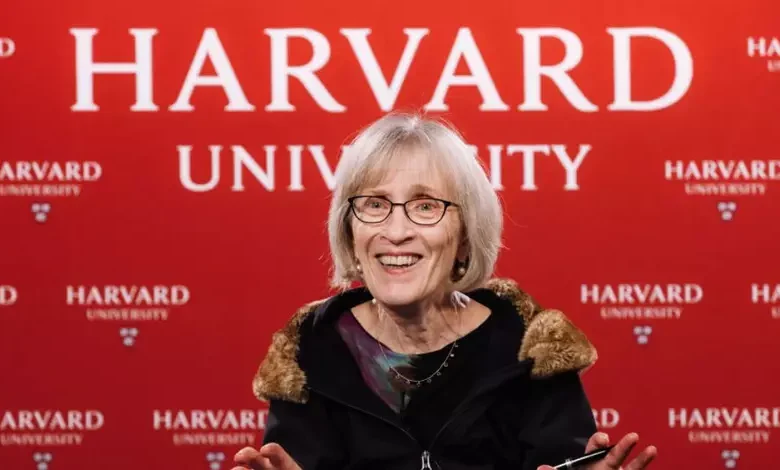
By Pinelopi Koujianou Goldberg
Special to The Times Kuwait
Last month, the economics community rejoiced when the Royal Swedish Academy of Sciences awarded the Nobel Prize in Economic Sciences to Claudia Goldin for “having advanced our understanding of women’s labor market outcomes.” One can hardly think of a more deserving recipient than the scholar who pioneered the study of women in the labor force, pursued it with passion, and mentored dozens of today’s top thinkers along the way.
But the significance of this year’s prize goes beyond Goldin, because it represents a long-overdue acknowledgment that the economic experience of roughly 50 percent of the world’s population is worthy of scientific inquiry. What may be obvious today was not always so. Until nearly a decade ago, economics professors would routinely discourage their graduate students from studying gender-related issues. Unsurprisingly, the students most interested in such topics were the few women attending graduate programs in economics at the time. “This is a very interesting question,” academic advisers would say. “But you’d better have tenure before you pursue it.”
It is testament to Goldin’s drive and intellect that she pursued her research agenda successfully despite such an unsupportive environment. Her efforts paved the way for the flourishing of gender-related research today. But the implications of the recognition she has received also goes well beyond gender, which is just one of many dimensions of personal ‘identity’.
In its early days, economics focused on ‘representative agents’, and thereby abstracted from all the traits that make each person unique. Later, the discipline embraced heterogeneity, but only to the extent that it was directly related to socioeconomic status and economic outcomes (by distinguishing, for example, between people with and without education, high- or low-income, and so forth). Other traits, such as gender, sexual orientation, culture, or birthplace, remained outside the scope of mainstream economics. Not until Goldin were the economic implications of ‘identity’ fully appreciated.
It would take many pages to summarize Goldin’s contributions to economics, so I will highlight two of her major insights that are particularly policy-relevant today — one for developing economies, and one for advanced economies, especially in the United States.
The first insight is that growth does not automatically bring about higher female labor-force participation and wage equality across genders. On the contrary, these relationships are complex, and contingent on many factors including norms, family status — especially the presence of children — and standard supply and demand forces. An uptick in female labor-force participation has often gone hand in hand with an increase in labor demand that exceeded what male workers could supply.
This is an important corrective to the long-held assumption that women will automatically join the labor force as countries grow richer. It also may explain the puzzling experience of India, where the female labor-force participation rate, one of the world’s lowest (30%), has actually declined in the past two decades, despite fast growth.
Yet recent economics research shows that integrating women, as well as other historically underrepresented population groups, into the labor force can result in substantial productivity and income gains for a country. Policymakers in all low- and middle-income countries should take note.
The second major insight is that the pay gap between men and women in the US is primarily explained by children. Men and women’s earnings paths tend to be similar up to the time when a woman has her first child; then they start to diverge.
Goldin is careful to point out that this pattern applies primarily to educated women. But that group is quite important in a rich country that already has a relatively high level of female emancipation. The implication is that the ‘child penalty’ weighs more heavily on pay and career outcomes than bias or discrimination.
Goldin attributes this pattern to the current nature of work, which requires (or did until the pandemic) long, inflexible hours and face-time at the workplace, all of which is incompatible with the demands of a growing family. The implication is that more flexible professional arrangements (working from home and at hours accommodating family needs) would help close the pay gap. Of course, not every job is susceptible to such changes; but the pandemic showed that many are. Goldin’s latest book, Career and Family: Women’s Century-Long Journey toward Equity, should be required reading for those weighing in on the recent, often heated, debate about whether employees should be forced to return to the office five days per week.
In the short run, a Nobel Prize will not change the predicament of women, many of whom are still treated as second-class citizens in many parts of the world. But ideas matter in the long run, and to the extent that the Nobel Prize represents a celebration of an idea, this year’s selection is a small victory for women. Let us hope that Goldin’s work will inform policy-making more directly in the years to come.

Pinelopi Koujianou Goldberg
A former World Bank Group chief economist and editor-in-chief of the American Economic Review, is Professor of Economics at Yale University.
Copyright: Project Syndicate
www.project-syndicate.org













